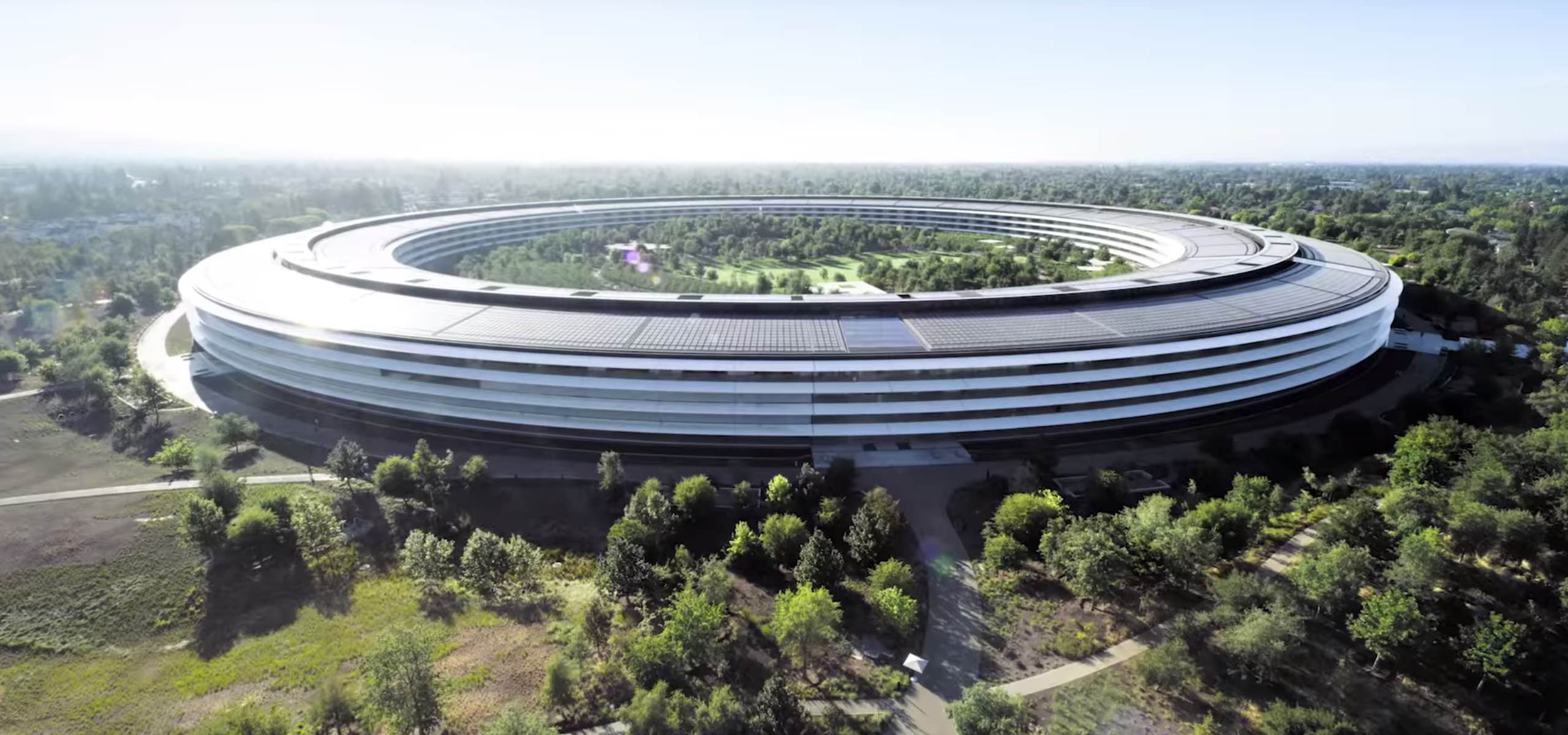 Apple’s fourth quarter earnings report is in. The company reported revenues of $64 billion and net profits of $13.69 billion, or $3.03 earnings per diluted share, up 4 percent year over year. Apple beat Wall Street’s estimates by almost $1 billion in revenue and 20 cents per share. The devil is in the details, as they say, so let’s take a look at what Apple reported to understand what this means going forward with some context.
Apple’s fourth quarter earnings report is in. The company reported revenues of $64 billion and net profits of $13.69 billion, or $3.03 earnings per diluted share, up 4 percent year over year. Apple beat Wall Street’s estimates by almost $1 billion in revenue and 20 cents per share. The devil is in the details, as they say, so let’s take a look at what Apple reported to understand what this means going forward with some context.
iPhone and Mac sales slid
iPhone sales slid – again – to $33.4 billion, from $36.8 billion for the same quarter a year ago, or a 9.2% drop. It’s less of a drop than previous quarters, and Apple is bullish about the reception it’s experiencing with the iPhone 11 models, which are still very early in their life cycle. But it still goes to show a softening market for Apple’s phones.
Mac sales were also down – $7 billion in total for quarter, down from $7.3 last year. Perhaps little surprise, given that there’s been no movement in Mac hardware for months. Both Tim Cook and Apple CFO Luca Maestri said this was a tough quarter to compare, as the same quarter a year ago saw Mac sales buoyed by the release of two new models. Cook was also quick to note that despite the soft quarter, Apple exited its fiscal 2019 with the most Mac sales ever, so it’s not all bad news. He also reminded people that the Mac Pro is still coming this fall – though it probably won’t make a huge material impact to Apple’s bottom line, as it’s an extremely niche machine with a high price tag that won’t sell in the same volume as other models.
iPad, Wearables, and Services
Things were much better for the iPad, which saw $4.7 billion in revenue compared with $4 billion for the same quarter last year. Apple is keeping the gas on the iPad, with refreshed models and enhancements to iPadOS to make it more attractive to buyers than ever. Apple’s efforts seem to be paying off.
The huge growth in Apple hardware this year has been in wearables, like the Apple Watch and AirPods – and now AirPods Pro. Apple reported revenue of $6.5 billion, an astonishing 54.4% jump from the same quarter a year ago, when Apple reported $4.2 billion. Three out of four people buying Apple Watches are new to the device, according to Apple. Apple’s delighted with the performance but it’s also very early in the life cycle for many of these users, so it remains to be seen if this sort of growth is sustainable, or for how long.
To put this in context, Apple’s wearables market, which didn’t exist a few years ago, is already bigger to Apple’s bottom line than iPad revenues. And the wearables segment for Apple is barely getting started – it basically consists of two product lines, the Apple Watch, which has been around since 2015, and the AirPods line, which now consists of two products.
The other really rosy part of Apple’s earnings report is in Services. Apple Music, Apple Pay, and now Apple Card are all raking in the bucks. Apple reported $12.5 billion in Services revenue, up 18% over last year when it reported $10.6 billion. The growth of Services doesn’t catch anyone by surprise. This long ago moved out of the “hobby” category that Steve Jobs once described it to an incredibly important part of Apple’s bottom line – on the analyst call today, Apple noted that Services alone would place it in the rank of Fortune 70 companies.
This is an area Apple is making huge investments to bolster, as well. Apple Arcade just launched, though too recently to materially affect Apple’s earnings. And Apple TV+ is coming in just a couple of days. Apple’s investment to get that off the ground has been huge, and the company has priced it aggressively to compete with services like Netflix and Hulu. But more than entertainment services, Apple financial services will be increasingly important going forward – the company’s looking for creative ways to keep customers to spend their money with Apple – as evidenced by their just-announced plan to let folks buy iPhones using their Apple Card with 0% financing.
Do you think all this growth in Services and Wearables takes away from problems with Apple hardware sales? Or is this a natural part of Apple’s growth? Sound off in the comments.